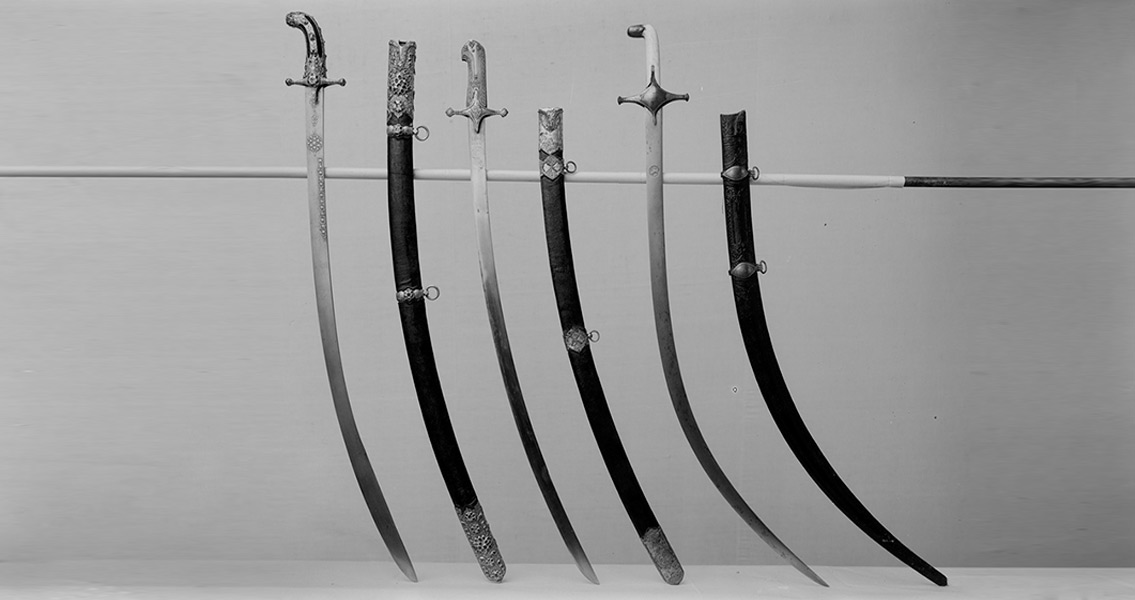<![CDATA[New research has revealed the master craftsmanship of Indian swordsmiths. Steel production and methods of forging tools and weapons are of great interest in the history of metallurgy. Weapons in particular often display the highest level of technology of their time. Swords were generally produced by immensely skilled craftsmen, using the best-quality materials. By studying a single shamshir, a curved single-edged sword, a joint Italian and UK team of conservationists has revealed the skill of Indian sword makers. The 75-centimetre long sword, held in the Wallace Collection, London, had been forged in India in the late-eighteenth or early-nineteenth century. Curved shamshirs were popular in Persia from the early sixteenth century onward. Shamshirs are one-handed, curved swords which feature a very slim blade. The curve of shamshir blades is only at the very tip, meaning that they have almost no taper until the end. Shamshirs were normally used for slashing unarmoured opponents, while the tip could be used to pierce armour. The curved nature of the blade made accurate thrusts difficult, however. As the sword was an old and rare object, destructive methods of analysis were out of the question. Instead, two different approaches were used in order to analyse the shamshir. Firstly, a classical metallography examination was undertaken using microscopy. The team, led by Eliza Barzagli, then used another, non-destructive technique called neutron diffraction. Combining both of these techniques allowed researchers to see the differences between them. "Ancient objects are scarce, and the most interesting ones are usually in an excellent state of conservation. Because it is unthinkable to apply techniques with a destructive approach, neutron diffraction techniques provide an ideal solution to characterize archaeological specimens made from metal when we cannot or do not want to sample the object," said Barzagli, explaining why a neutron diffraction method had been used. Metallographic microscopy can demonstrate the specific way a piece of steel had been produced. Metallographic analysis only reveals limited information about the structural characteristics of high-quality artefacts however, as it is limited to areas which have already been sampled. From their analysis, Barzagli and her team discovered the material used in the shamshir was made of wootz steel. Wootz steel is characterized by a pattern of bands or sheets of micro carbides along the metal. The band-like pattern is caused when a mixture of iron and carbon crystallises to form cementite, a product of the steel slowly cooling as it is being forged. Barzagli's team believes that the creator of this particular shamshir allowed the blade to cool in air, rather than plunging the sword into a liquid. Originally developed in South India, wootz steel was a pioneering steel alloy which was exported globally. The characteristic 'watered silk' pattern of wootz steel was often enhanced by micro-etching on the surface of the blade. Barzagli noted that previous over-cleaning of 'watered' surfaces had meant that the patterned nature of the blade had been obscured. "A non-destructive method able to identify which of the shiny surface blades are actually of wootz steel is very welcome from a conservative point of view," she added. Image courtesy of Wikimedia commons user: LSHuploadBot ]]>
Indian Sword Revealed as Master-Crafted
